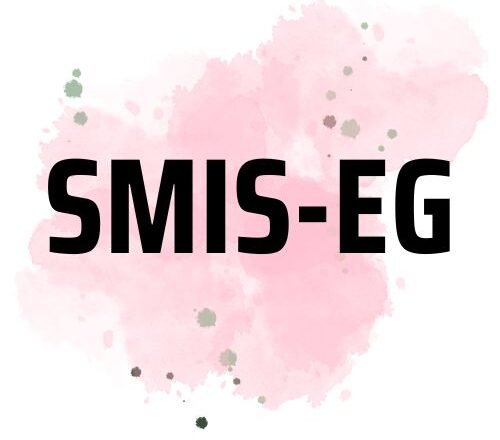Raising a young child in 2025 comes with real costs, from childcare and healthcare to rent and groceries. The $1,800 Baby Stimulus Payment 2025 is designed to ease that pressure by directing timely financial support to parents of infants and toddlers. Focused on households with young children rather than all taxpayers, the program mirrors past relief models while targeting early childhood needs where expenses are most acute.
| Snapshot 2025 | Key Details |
|---|---|
| Payment amount | $1,800 one-time support for families with infants and young children |
| Focus | Parents and legal guardians of babies and toddlers |
| Rollout window | August 15 to August 30, 2025 |
| Delivery methods | Direct deposit, paper check, prepaid debit card |
| Application | Not required for most; processed using latest filed tax data |
| Income thresholds | $75,000 single; $150,000 married filing jointly; $112,500 head of household |
| Documentation used | Most recent 2023 or 2024 tax return and dependent details |
What The $1,800 Baby Stimulus Payment 2025 Is
This is a government-backed relief aimed specifically at families with babies and very young children. Unlike broad payments issued during the pandemic, the focus here is on early childhood, acknowledging that the first years come with concentrated costs that strain family budgets. The goal is simple: put funds directly into parents’ hands to support essentials during an expensive stage of life.
Who Qualifies Under The 2025 Criteria
Eligibility is based on recent tax filings, income thresholds, legal residency, and dependent status. Parents or legal guardians may qualify if they filed a 2023 or 2024 return, have an adjusted gross income within the standard limits, and have a qualifying baby or young child. A valid Social Security Number and legal U.S. residency are required, and dependent details are verified through the latest return.
Who Is Not Eligible Under Current Rules

Parents whose income exceeds the thresholds typically do not qualify. Those without legal U.S. residency or a Social Security Number are excluded. Individuals claimed as dependents on someone else’s return, such as many students under age 24, also do not qualify. Children must meet age and residency standards for the payment to apply.
How The $1,800 Will Be Delivered To Families
Distribution follows the same proven pathways used for tax refunds and prior federal relief. Families with direct deposit details on file receive funds to that account first. Where banking information is not available, payments are issued by paper check to the address on file or via prepaid debit card in select cases. Direct deposit remains the fastest route, while checks and cards can take longer due to processing and mail timelines.
When Payments Are Scheduled To Arrive
The rollout is slated between August 15 and August 30, 2025. Direct deposits generally arrive earlier in the window, while checks and card mailings follow. Most eligible families should see funds before the end of August, barring address mismatches or outdated banking information that can slow processing.
No Extra Application For Most Parents
In most cases, no separate application is required. The payment is processed automatically using the most recent return on file, including income, dependents, and banking details. Parents who have not filed recently or who changed bank accounts or mailing addresses should act quickly to update records so the payment can be routed correctly without delays.
Why This Payment Matters For Young Families
Early childhood brings concentrated costs that can strain even careful budgets. The $1,800 amount can bridge gaps in a costly month, helping to stabilize essentials and reduce short-term debt reliance. Beyond the numbers, it can deliver peace of mind at a time when expenses are high and parents need predictable support.
Smart Ways Families Often Use The $1,800
Families typically prioritize critical obligations where this payment makes the greatest difference. Common uses include catching up on rent or mortgage, covering utilities, buying groceries and medical supplies, and paying childcare or baby essentials like diapers and formula. Some households use a portion to reduce high-interest balances or set aside a small emergency buffer.
What Parents Should Do Now To Avoid Delays
Ensuring the latest tax year is filed and confirming that names, addresses, and direct deposit information match current records are the simplest steps to smooth delivery. For those receiving benefits through federal agencies, make sure your details are current in those systems as well. Keeping records aligned minimizes reissues and mail holds.
The $1,800 Baby Stimulus Payment 2025 targets support where early-life costs are highest and time matters most. With distribution underway between August 15 and August 30, maintaining accurate records is the key to swift payment. For parents and guardians managing the essentials of early childhood, this relief offers practical help and a measure of stability when it counts.

